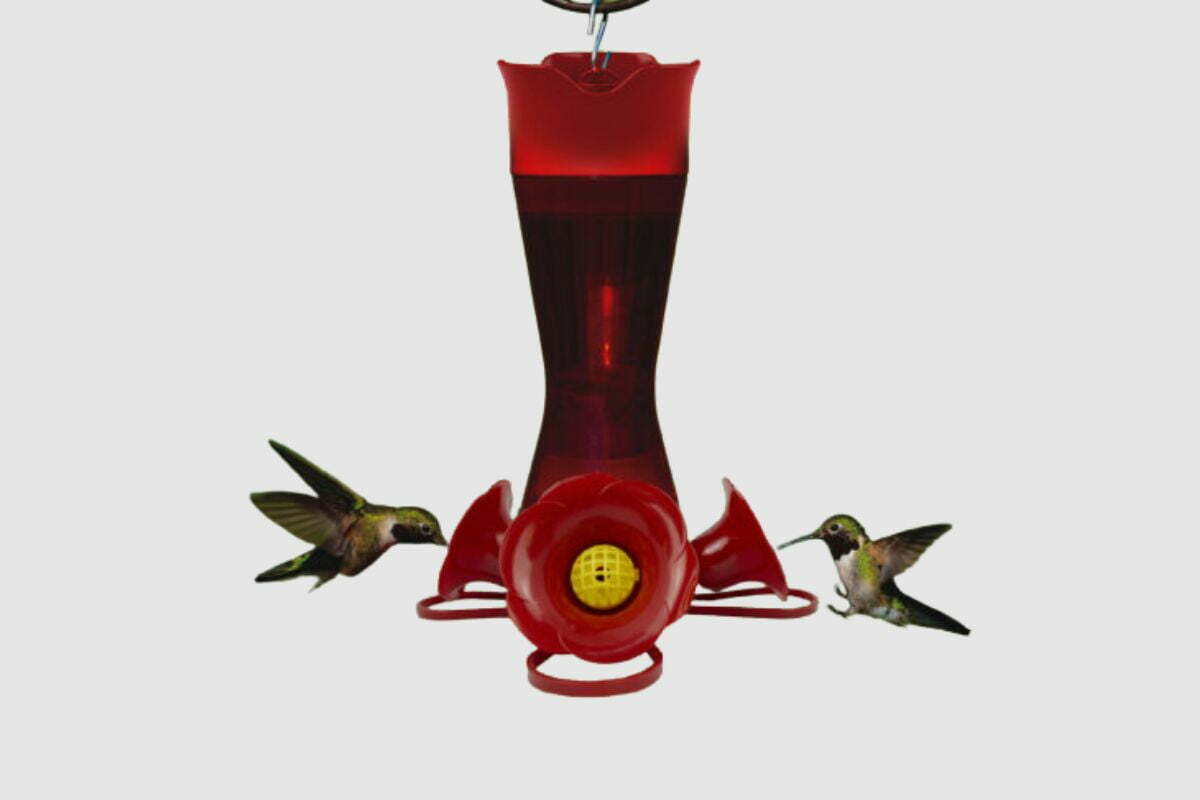Attracting hummingbirds to your garden can be a delightful experience, but it can be frustrating when your hummingbird feeder starts leaking from the flowers. Fortunately, there are simple steps you can take to fix this issue and maintain a clean and attractive feeder. In this blog post, we will explore the reasons behind hummingbird feeder leaks, how to prevent them, and other important considerations.
Why Do Hummingbird Feeders Leak From the Flowers?
The most common cause of a leaking hummingbird feeder is a faulty seal or an improper fit on the flower attachment. Many feeders come with different flower attachments to attract more birds. However, if these attachments are not properly fitted or are worn out, they can start to leak over time. Additionally, exposure to sunlight and temperature fluctuations can make the plastic attachments brittle, leading to cracks in the seal and nectar leakage.
Another factor that can cause leaks is the “feeding by flow” approach. This involves filling the entire feeding tray with nectar instead of just a few flowers. While this may work for larger birds, such as orioles or starlings, it can result in too much nectar for hummingbirds. Since hummingbirds take smaller sips, excess nectar may spill out through the flowers instead of being consumed.
How to Prevent Hummingbird Feeder Leaks
To prevent your hummingbird feeder from leaking, ensure that all parts are properly fitted and sealed before filling it with nectar. Inspect the flower attachments for wear or damage and replace them if necessary. Use attachments that fit snugly onto the feeder and create a tight seal to prevent nectar from escaping through cracks or gaps.
Additionally, avoid filling the entire feeding tray with nectar. Only put enough nectar in each flower to be consumed quickly by visiting birds without overflowing from the base.
Other Considerations for Hummingbird Feeders
Apart from leaks, there are other issues to be aware of when using a hummingbird feeder:
- Insects: Hummingbirds are attracted to sugar water, but so are insects like flies and mosquitoes. To keep your feeders insect-free, clean them regularly with soap and water or use insect repellent sprays.
- Molds and Mildews: If left unattended, molds and mildews can form inside the feeder’s base, posing a health risk to hummingbirds. Change the nectar regularly and clean any residues with warm soapy water to prevent mold growth.
- Fungus: Certain types of fungus can grow on hummingbird feeders if not properly maintained. Regularly inspect the feeder for white fuzzy patches, indicating fungus growth, and clean it with a bleach solution if necessary.
Conclusion
Hummingbird feeders are a wonderful way to attract these beautiful birds to your yard. By ensuring proper fitting and sealing of the feeder’s parts, you can prevent leaks and provide a safe environment for the birds. Remember to address other potential issues like insects, molds, and fungus to maintain a healthy feeding station for hummingbirds.
